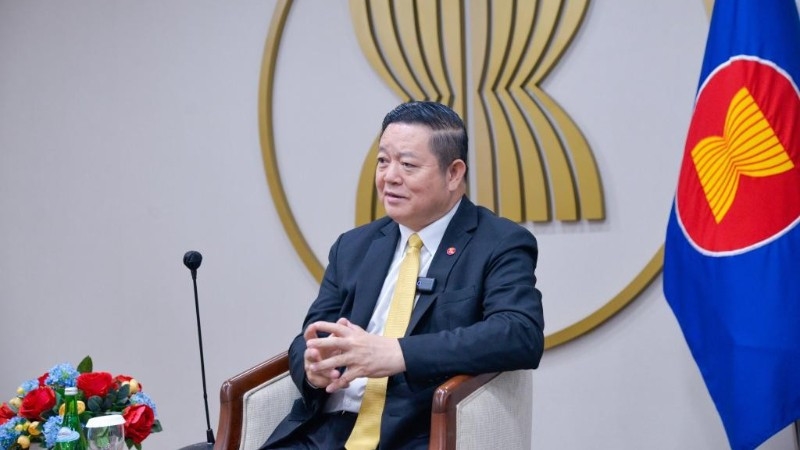Speaking at the opening ceremony of the ASEAN Higher Education Leadership Forum (ASHELF) 2025 under the framework of the Festival of Ideas (FOI) 2025 in Malaysia, the Secretary-General said that higher education in the Association of Southeast Asian Nations (ASEAN) must move beyond alignment and take a leadership role in shaping the region’s future.
    |
 |
|
ASEAN Secretary-General Kao Kim Hourn (Photo: Xinhua) |
He revealed that the ASEAN Socio-Cultural Community (ASCC) Strategic Plan designates education as a driver for equity and sustainable development. Its agenda calls for enhancing access to quality education, promoting lifelong learning, and integrating green skills into curricula. In short, academic purpose serves societal and community purpose.
Meanwhile, the forthcoming ASEAN Education Work Plan 2026-2030 articulates the foundation for regional cooperation in education, emphasizing mobility, digital transformation, and Technical and Vocational Education and Training (TVET).
He pointed out the “six guiding stars” for higher education transition in the region. First, higher education must move from rigid curricula to Adaptive Learning and Values-Based Education. The world no longer needs graduates who simply know facts. It needs agile, resilient learners who can unlearn and relearn. The systems must embrace micro-credentials, lifelong learning, and flexible educational pathways.
Second, university research must deliver tangible regional benefits and tackle real challenges in the ASEAN community. Universities should foster a responsible, impact-oriented ASEAN research and innovation ecosystem, for example, by developing solutions for sustainable agriculture, affordable healthcare, and green technologies.
Third, universities need to create leadership pathways for emerging scholars, preparing young researchers and lecturers not only to lead departments but also to drive institutional transformation. This requires a shift away from the entrenched publish or perish culture, which stifles innovation and mentorship.
Fourth, higher education must harness the power of artificial intelligence to boost innovation in learning, improve administrative efficiency, and enable breakthrough research, while grounding this development in ethics and strong technological governance. Universities should take the lead in building ASEAN-centric AI governance frameworks.
Fifth, knowledge of planetary health must be integrated across all disciplines, not confined to environmental studies. Graduates should become champions of the circular economy, climate-resilient policymaking, and a more sustainable ASEAN.
Finally, higher education must elevate and strengthen technical and vocational education and training (TVET) across the region. In the era of AI and digital transformation, TVET is a core driver of ASEAN’s economic dynamism. The region needs leaders in TVET who can build strong industry–academia partnerships, align training with emerging sectors, and equip young people with future-ready skills.
The ASEAN chief stressed that while these six directions are essential, they will fall short without bold collective action. He underlined that ASEAN’s strength lies in unity and its shared commitment to “One Vision, One Identity, One Community.” A comprehensive transformation of higher education along these directions will help retain talents, prepare the workforce for future challenges and, ultimately, realize the ASEAN Community Vision 2045.
Source: VNA